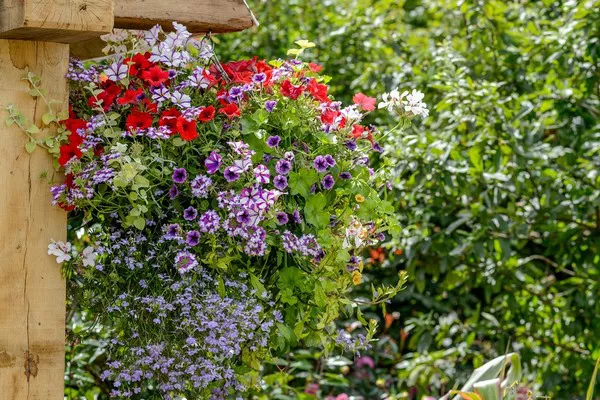Flowers have long been a powerful means of communication, allowing us to convey complex emotions and sentiments through their colors and forms. Among this rich tapestry of floral symbolism, the pansy flower stands out as a particularly intriguing and multifaceted symbol. In this article, we will delve into the fascinating world of the pansy flower, unraveling its historical significance and cultural interpretations.
A Brief Introduction to the Pansy Flower
The pansy, scientifically known as Viola tricolor, is a charming, multi-colored flower with a distinctive “face” in its center. Native to Europe and Asia, it has captivated gardeners and poets alike for centuries with its unique appearance and captivating fragrance. Its name, derived from the French word “pensée” meaning “thought,” hints at the flower’s intricate symbolism.
1. Historical Significance of the Pansy
The pansy has a rich history that dates back to ancient times. In the language of flowers, or floriography, which flourished during the Victorian era, the pansy represented loving thoughts and fond memories. It was often used to express one’s affection for a loved one when words fell short. This tradition persists today, making pansies a popular choice for heartfelt greetings and messages.
2. Pansies in Literature and Art
Pansies have left an indelible mark on literature and art. Shakespeare’s play “A Midsummer Night’s Dream” features a character named Puck, who references pansies in the famous line, “And there the snake throws her enameled skin, Weed wide enough to wrap a fairy in.” Pansies are also associated with the character Ophelia in Hamlet, symbolizing her tragic madness. Artists like John William Waterhouse have incorporated pansies into their paintings to evoke a sense of nostalgia and longing.
3. Pansies in Folklore and Superstition
Beyond the realm of literature and art, pansies have featured prominently in folklore and superstition. In some cultures, it was believed that carrying a pansy could protect one from evil spirits and bad luck. Pansies were also used as ingredients in various potions and remedies, believed to have mystical and healing properties.
Pansy Colors and Their Meanings
The colors of pansy flowers play a crucial role in their symbolism. Each hue carries its own significance:
1. Purple Pansies: Associated with royalty, purple pansies symbolize admiration and adoration. They convey feelings of admiration and respect for someone special.
2. Yellow Pansies: Yellow pansies represent happiness, joy, and friendship. They are often given to friends and loved ones as a gesture of affection.
3. White Pansies: White pansies symbolize purity and innocence. They are a common choice for weddings and can convey feelings of sincerity.
4. Blue Pansies: Blue pansies are a symbol of trust and loyalty. They are often used to express faithfulness in relationships.
Pansies in Other Fields
1. Pansies as an Edible Flower
One intriguing aspect of pansies is their edibility. Pansies are not just a feast for the eyes but can also be used to garnish salads, desserts, and drinks. Their mild, slightly sweet flavor makes them a delightful addition to culinary creations, adding a touch of elegance to the dining experience.
2. Pansies in Medicinal and Herbal Practices
Pansies have a history of use in herbal medicine for their potential healing properties. They are rich in vitamins and antioxidants, which are believed to offer various health benefits. While not a substitute for professional medical treatment, pansies have been used in traditional remedies for ailments such as respiratory issues and skin conditions.
3. Environmental Significance
Pansies, like many other flowers, play a vital role in supporting pollinators such as bees and butterflies. Their nectar-rich blooms provide a food source for these essential creatures, contributing to the overall health of ecosystems. As such, pansies serve as a reminder of the interconnectedness of all living beings and the importance of biodiversity.
Conclusion
The pansy flower, with its rich history, diverse symbolism, and adaptability, remains a cherished part of our cultural and horticultural heritage. Its ability to convey emotions, from love and friendship to purity and loyalty, ensures its enduring popularity in gardens and bouquets alike. As we appreciate the beauty of pansies in our daily lives, let us also reflect on the deeper meanings they carry and the connections they forge between us, the natural world, and our shared human experience.


